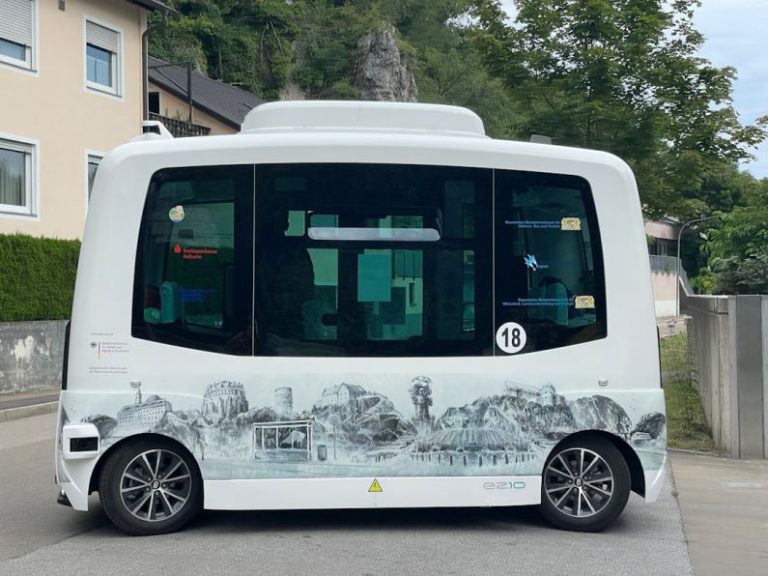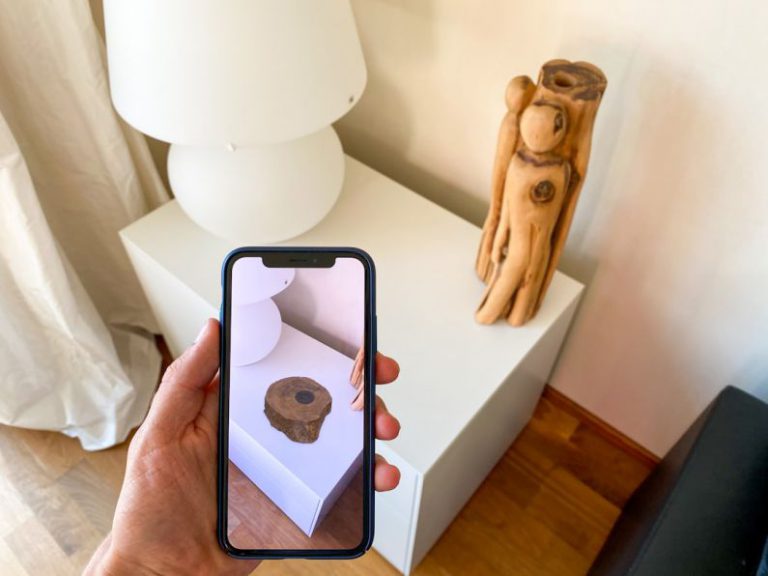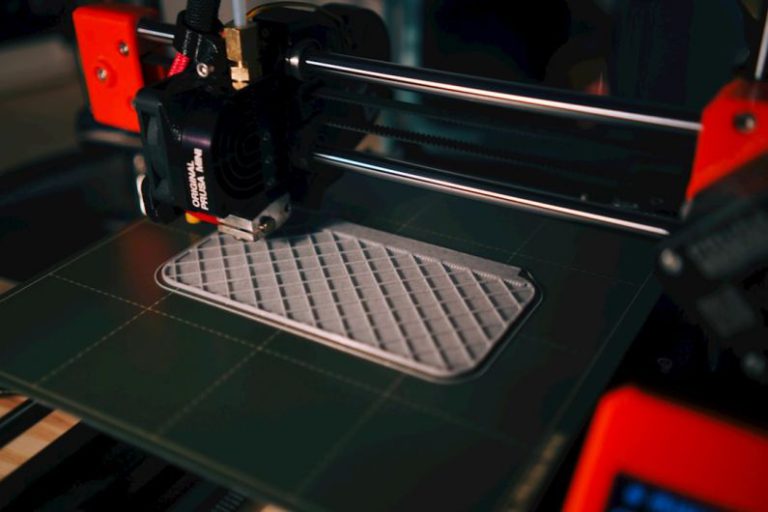The Promise of Quantum Computing for Creative Problem Solving
Quantum computing is a cutting-edge technology that has the potential to revolutionize various industries and fields, including creative problem-solving. Unlike classical computers that operate based on binary bits (0s and 1s), quantum computers use quantum bits or qubits, which can exist in multiple states simultaneously. This unique property enables quantum computers to process vast amounts of data and perform complex calculations at speeds unimaginable with classical computers.
Unleashing the Power of Superposition and Entanglement
At the heart of quantum computing are two fundamental principles: superposition and entanglement. Superposition allows qubits to exist in multiple states at once, exponentially increasing the computing power of quantum systems. This means that quantum computers can consider numerous possibilities simultaneously, leading to faster and more efficient problem-solving capabilities. Entanglement, on the other hand, enables qubits to be interconnected in such a way that the state of one qubit instantly affects the state of another, regardless of the distance between them. This phenomenon allows quantum computers to solve complex problems by leveraging the interconnectedness of qubits to explore multiple solutions concurrently.
Enhancing Creativity through Quantum Algorithms
One of the most promising aspects of quantum computing for creative problem-solving is the development of quantum algorithms specifically designed to address complex and non-linear challenges. Traditional algorithms are limited in their ability to tackle problems that involve a high degree of uncertainty or variability. Quantum algorithms, on the other hand, can leverage the probabilistic nature of quantum mechanics to explore all possible solutions simultaneously and identify the most optimal one. This opens up new possibilities for creative problem-solving by enabling users to approach challenges from multiple angles and uncover innovative solutions that may have been overlooked using classical methods.
Optimizing Resource Allocation and Decision-Making
Creative problem-solving often involves optimizing resource allocation and decision-making in dynamic and uncertain environments. Quantum computing offers a powerful tool for modeling and simulating complex systems to identify optimal strategies and solutions. By harnessing the parallel processing capabilities of qubits, quantum computers can analyze vast amounts of data and variables to inform decision-making processes in real-time. This ability to quickly explore multiple scenarios and potential outcomes can significantly enhance the efficiency and effectiveness of creative problem-solving efforts across various domains, from business strategy to scientific research.
Breaking Computational Barriers in Optimization Problems
Many creative problem-solving tasks involve optimization problems that require finding the best solution among a vast number of possibilities. Classical computing approaches often struggle with the computational complexity of these optimization tasks, leading to suboptimal results and inefficient solutions. Quantum computing, with its inherent ability to explore multiple solutions simultaneously, holds great promise for overcoming these computational barriers. Quantum algorithms such as Grover’s algorithm and the Quantum Approximate Optimization Algorithm (QAOA) have demonstrated impressive capabilities in solving optimization problems efficiently, offering new avenues for enhancing creative problem-solving processes.
Unlocking Innovations in Machine Learning and Artificial Intelligence
Machine learning and artificial intelligence are integral components of creative problem-solving in the digital age, enabling computers to learn from data and make intelligent decisions autonomously. Quantum computing has the potential to revolutionize machine learning and AI by accelerating training processes, enhancing predictive modeling, and enabling more sophisticated pattern recognition capabilities. Quantum machine learning algorithms can leverage the quantum parallelism and superposition properties to process and analyze large datasets more efficiently, leading to faster and more accurate insights that can drive innovation and creativity in problem-solving applications.
Embracing the Quantum Future of Creative Problem-Solving
As quantum computing continues to advance and evolve, its potential for transforming creative problem-solving processes becomes increasingly apparent. The promise of quantum computing lies in its ability to harness the principles of quantum mechanics to explore vast solution spaces, optimize resource allocation, break computational barriers, and unlock innovations in machine learning and artificial intelligence. By embracing the quantum future of creative problem-solving, individuals and organizations can tap into a new realm of possibilities and drive impactful solutions to the most challenging problems of our time.






